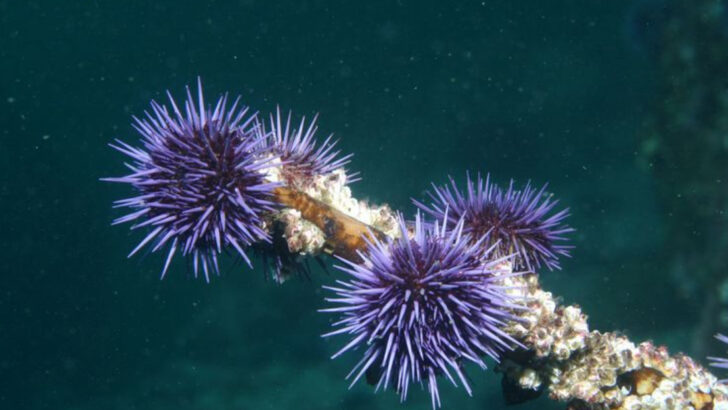Losing a limb is a life-altering event—unless you’re one of nature’s incredible regenerators. Some animals don’t just heal; they grow back entire body parts like it’s no big deal. Arms, legs, tails, even hearts and brains—gone today, back tomorrow.
An axolotl can replace entire limbs, certain lizards drop their tails like a fashion statement and regrow them later, and some fish even regenerate parts of their hearts. Even more shocking? There are creatures that can rebuild their spinal cords, a biological superpower that could change the future of medicine.
How do they do it? Their cells follow ancient instructions, unlocking hidden abilities humans can only dream of. Scientists are still piecing together the puzzle, but one thing is clear—nature has regeneration down to an art, and these 17 creatures prove it.
Axolotl
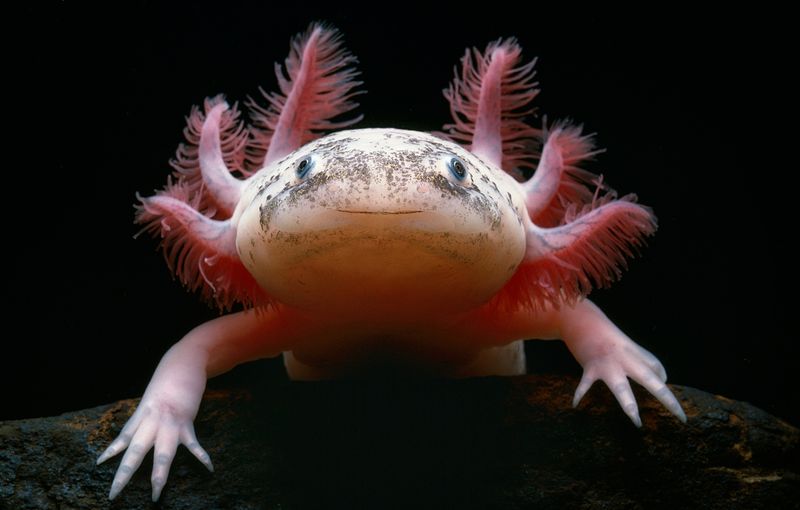
Axolotls, also known as Mexican walking fish, have a superb ability to regrow not just limbs but also spinal cords and parts of their hearts. Native to Mexico, these amphibians retain their juvenile features throughout their life, a condition known as neoteny. Axolotls have become a focal point in scientific research due to their regenerative capabilities. Their ability to regrow complex structures without scarring is being studied to apply similar techniques to human medicine. Maintaining a calm, cool environment helps these creatures thrive, emphasizing the importance of habitat in biological research.
Planarian Worm
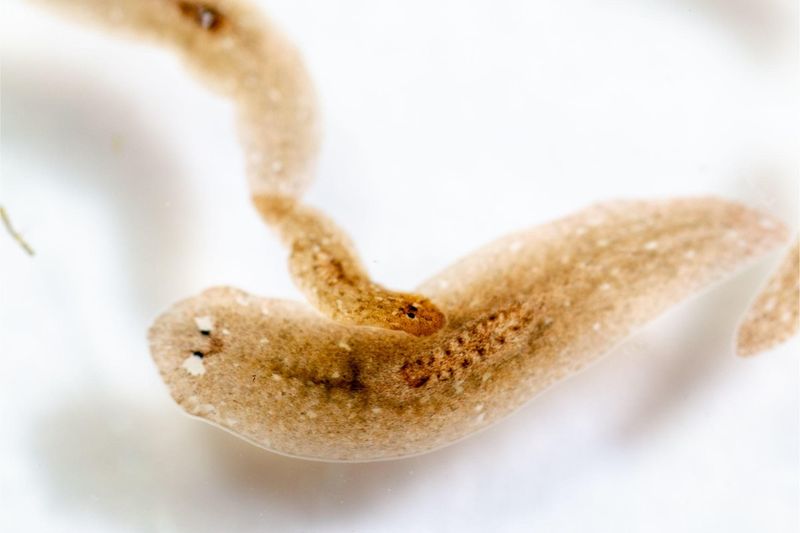
Planarian worms are tiny flatworms with a remarkable ability to regenerate lost parts. Cutting a planarian into pieces results in each piece growing into a complete worm. This regeneration is due to a large number of pluripotent stem cells in their bodies. Scientists study these worms to understand regeneration and stem cell differentiation, hoping to apply such knowledge to human regenerative medicine. The planarian’s simple anatomy offers a straightforward model for studying complex biological processes. Their regeneration serves as a testament to nature’s ingenuity and adaptability.
Green Iguana
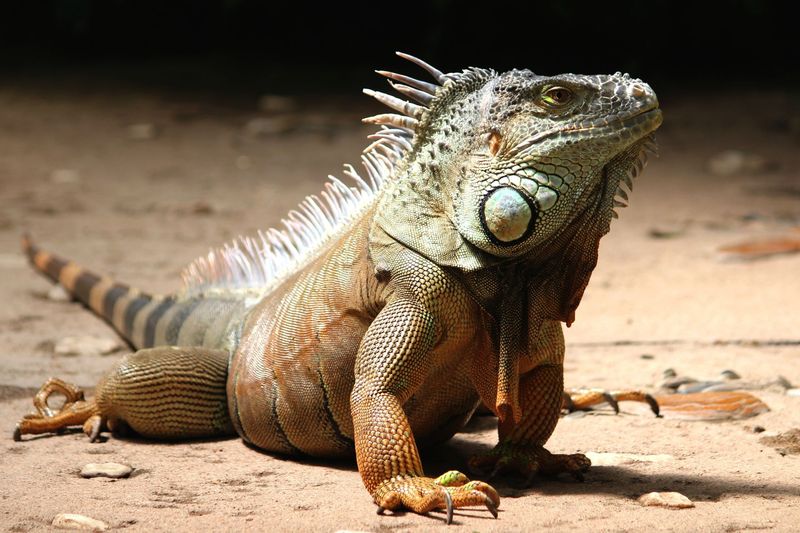
Green iguanas are adept at escaping predators by shedding their tails, which they can later regenerate. This defense mechanism involves a complex process of tissue regeneration that varies among individual iguanas. The regrown tail may not be as vibrant or precisely shaped as the original, but it functions effectively. Researchers study iguanas to understand how nervous systems and musculature are redeveloped during regeneration. Their ability to regrow tails without significant energy investment highlights nature’s strategies for survival. Iguanas are a testament to adaptability and resilience.
Sea Cucumber
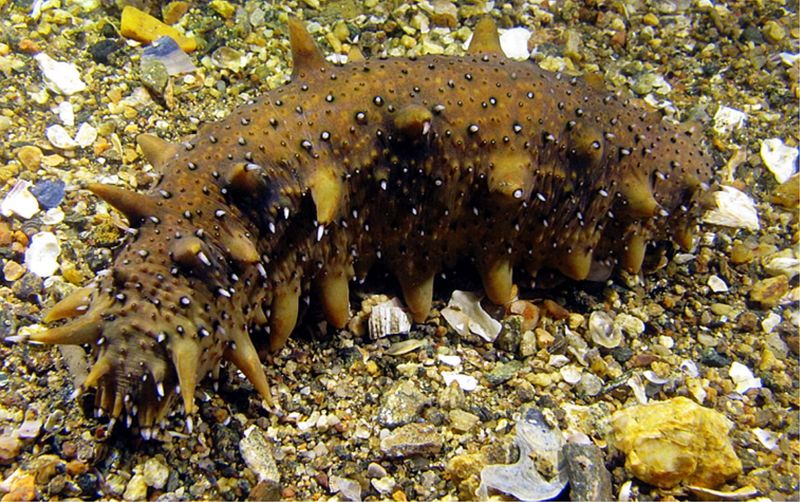
Sea cucumbers possess an extraordinary ability to eject their internal organs as a defense mechanism and then regenerate them. This regeneration involves complex tissue remodeling and cellular regeneration. Scientists explore sea cucumbers to comprehend mechanisms of organ regeneration, which could provide insights into human organ transplants and repair. Their unique defensive strategy highlights the diverse survival tactics employed in marine environments. Understanding sea cucumber regeneration could inspire innovative approaches to medical challenges, showing how marine life influences scientific advancements.
African Spiny Mouse
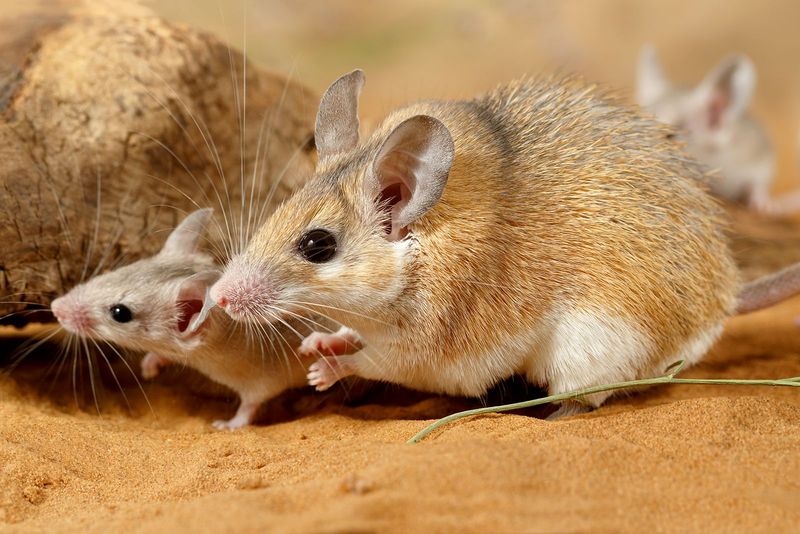
The African spiny mouse is unique among mammals for its ability to regenerate skin and ear tissues. Unlike typical scarring in mammals, these mice heal with tissue that closely resembles the original, complete with hair follicles and skin structures. Researchers study them to unlock how regenerative processes can be applied to human wound healing. Their ability to regenerate offers a glimpse into potential medical breakthroughs. Observing these mice in their natural habitat reveals how environmental pressures shape biological capabilities. Their regeneration is a mammalian exception that challenges conventional wisdom.
Lizard
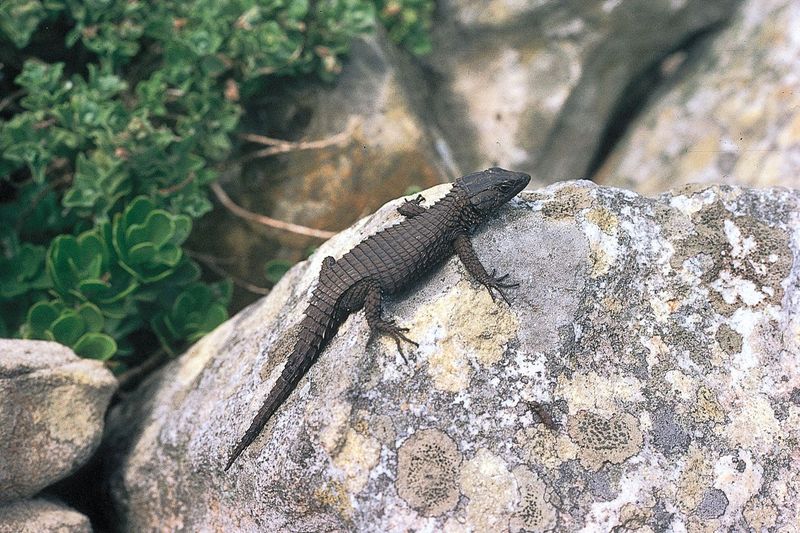
Lizards, particularly those from the gecko family, are famous for their ability to shed and regrow tails. This process involves cellular growth and differentiation, allowing them to escape predators and restore lost functionality. The regrown tails, while not identical to the originals, provide essential balance and mobility. Scientists investigate lizard regeneration to understand tissue regrowth and nerve regeneration, aiming to apply these findings to spinal cord injuries in humans. Lizards demonstrate nature’s incredible ability to adapt and survive, with regeneration as a key survival tool.
Zebrafish
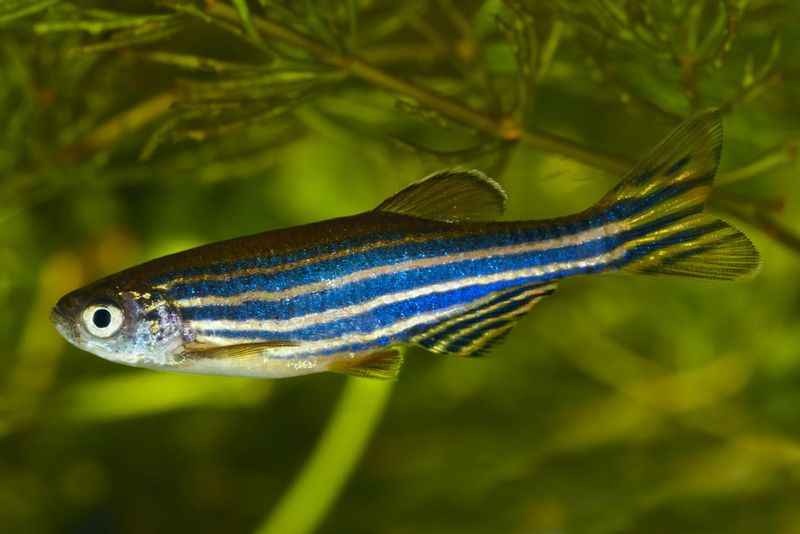
Zebrafish are small freshwater fish that have become a significant model in scientific research due to their regenerative capabilities. They can regrow fins, heart tissue, and even parts of their brain. Their transparent embryos allow researchers to observe developmental processes closely. Zebrafish regeneration is driven by complex cellular signaling and gene expression pathways, providing insights into human healing and disease. Their biological transparency offers a unique opportunity to study regeneration in real-time. Zebrafish continue to be instrumental in advancing our understanding of developmental biology.
Deer
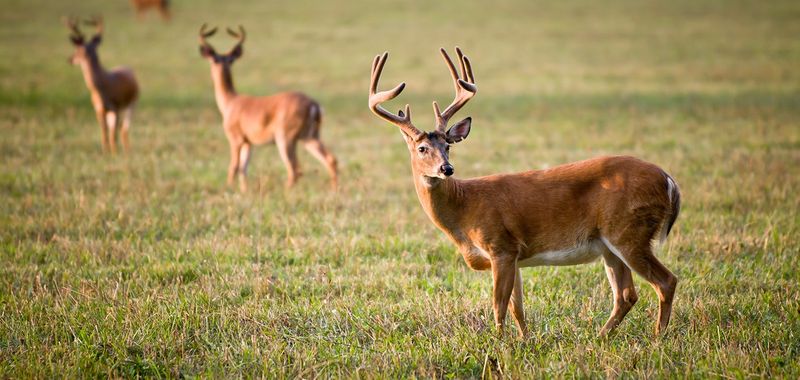
Deer are unique among mammals for their ability to regenerate antlers annually. This process involves rapid growth and mineralization, making antlers one of the fastest-growing tissues in the animal kingdom. Studying deer antler regeneration provides insights into bone growth and healing, potentially benefiting human orthopedic research. The annual cycle of shedding and regrowing offers a fascinating glimpse into nature’s regenerative processes. Deer highlight how regenerative biology operates in larger animals, with antlers serving as both a weapon and a display feature during mating seasons.
Hydra
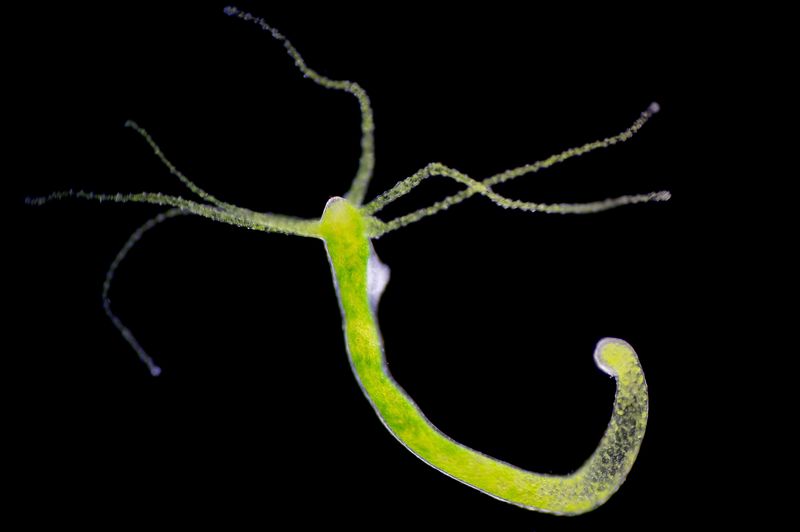
Hydras are small, freshwater organisms that can regenerate their entire bodies from just a small fragment. This astounding capability is due to their high number of stem cells and simple body structure. Hydras’ regenerative abilities make them a valuable model for studying the underlying mechanisms of regeneration and stem cell biology. Scientists aim to learn from hydras to enhance regenerative medicine applications. These creatures challenge traditional views on aging and regeneration, offering insights into longevity and cellular repair. Observing hydras helps unravel the mysteries of regeneration.
Flatworms
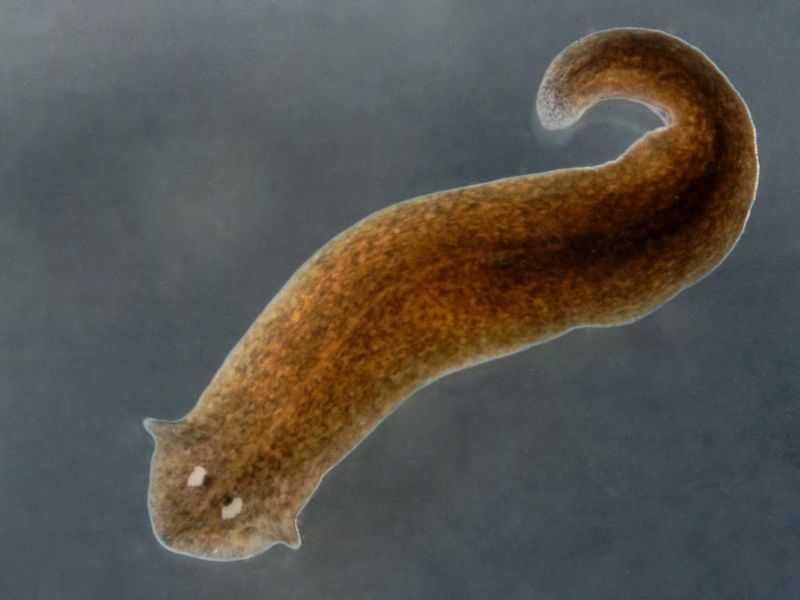
Flatworms, particularly planarians, are celebrated for their ability to regenerate entire bodies from fragments. This is due to their pluripotent stem cells, which allow them to replace any missing parts. Scientists study flatworms to understand the mechanisms of regeneration and stem cell behavior. Their simple anatomy provides a valuable model for exploring complex biological processes. Regeneration in flatworms serves as a remarkable example of nature’s adaptability and potential for healing. This knowledge could one day be translated into medical advances in human tissue regeneration.
Crayfish
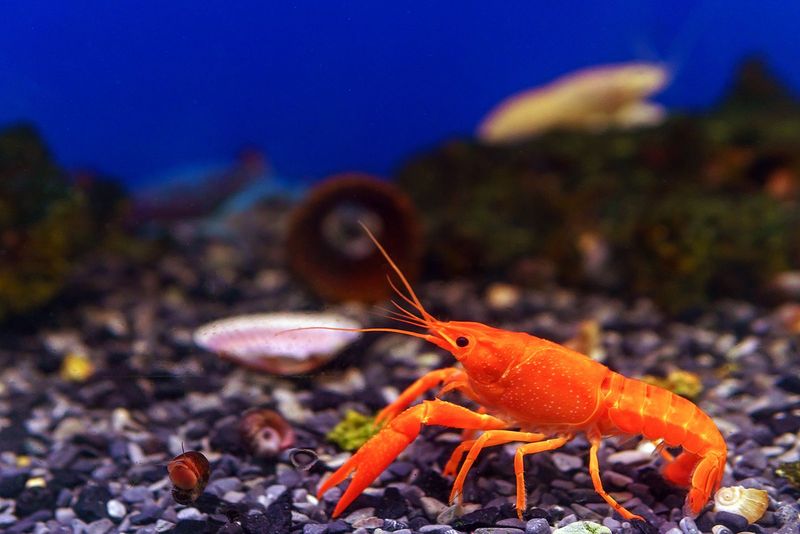
Crayfish are crustaceans known for their ability to regenerate lost claws and other appendages. This regeneration plays a crucial role in survival, allowing them to recover from predator attacks or injuries. The process involves complex cellular and molecular mechanisms, which researchers study to gain insights into tissue regeneration. Crayfish offer a fascinating example of resilience in aquatic environments. Understanding how they regrow limbs could contribute to developing new approaches in regenerative medicine. Their ability to restore lost functionality showcases the potential for healing and recovery in nature.
Crabs
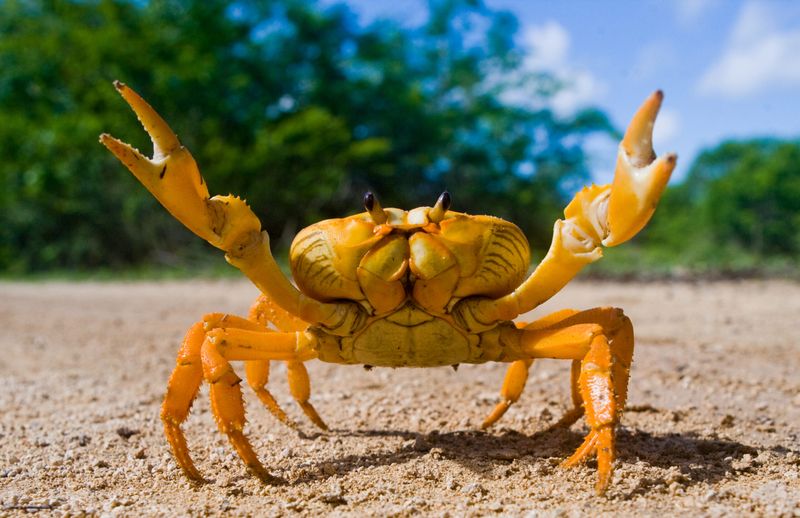
Crabs, like crayfish, have the ability to regenerate lost limbs, particularly claws. This ability is linked to their molting process, where they shed their exoskeleton and grow a new one. Limb regeneration involves complex biochemical pathways and cellular growth. Researchers study crabs to understand the intricacies of limb regeneration and its potential applications in medicine. The regeneration of claws is vital for protection and feeding, underscoring the importance of regeneration in survival. Crabs illustrate the wonders of nature’s ability to restore lost parts.
Newts
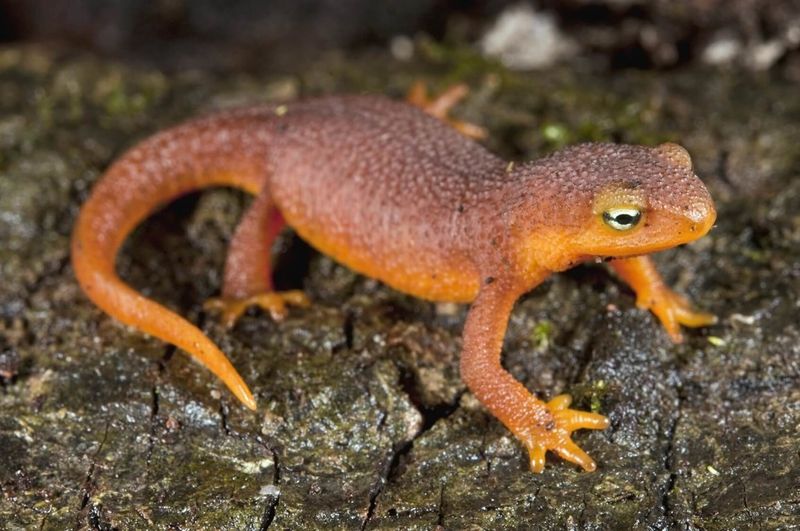
Newts, a type of salamander, are renowned for their regenerative abilities, capable of regrowing limbs, eyes, and even parts of their hearts. Their regeneration involves dedifferentiation of cells and formation of a blastema, a mass of cells capable of growth and regeneration. Researchers study newts to understand these processes and their potential applications in regenerative medicine. The ability to regrow complex structures without scarring is of particular interest. Newts demonstrate how regeneration serves as a mechanism for survival and adaptation in various environments.
Sponges
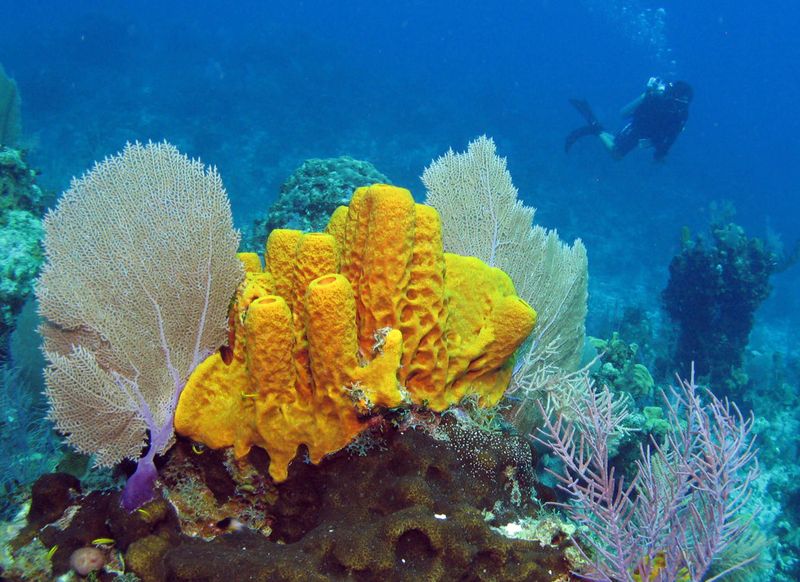
Sponges are among the simplest animals but possess the remarkable ability to regenerate from small fragments. This ability is due to their high cellular plasticity and simple body structure. Scientists study sponges to understand the basic principles of regeneration and cellular differentiation. Their regeneration involves aggregating cells to form a new individual, showcasing nature’s resilience. Sponges highlight how even the simplest organisms have developed complex survival strategies. Observing their regeneration offers insights into the evolutionary origins of regenerative capabilities.
Brittle Stars
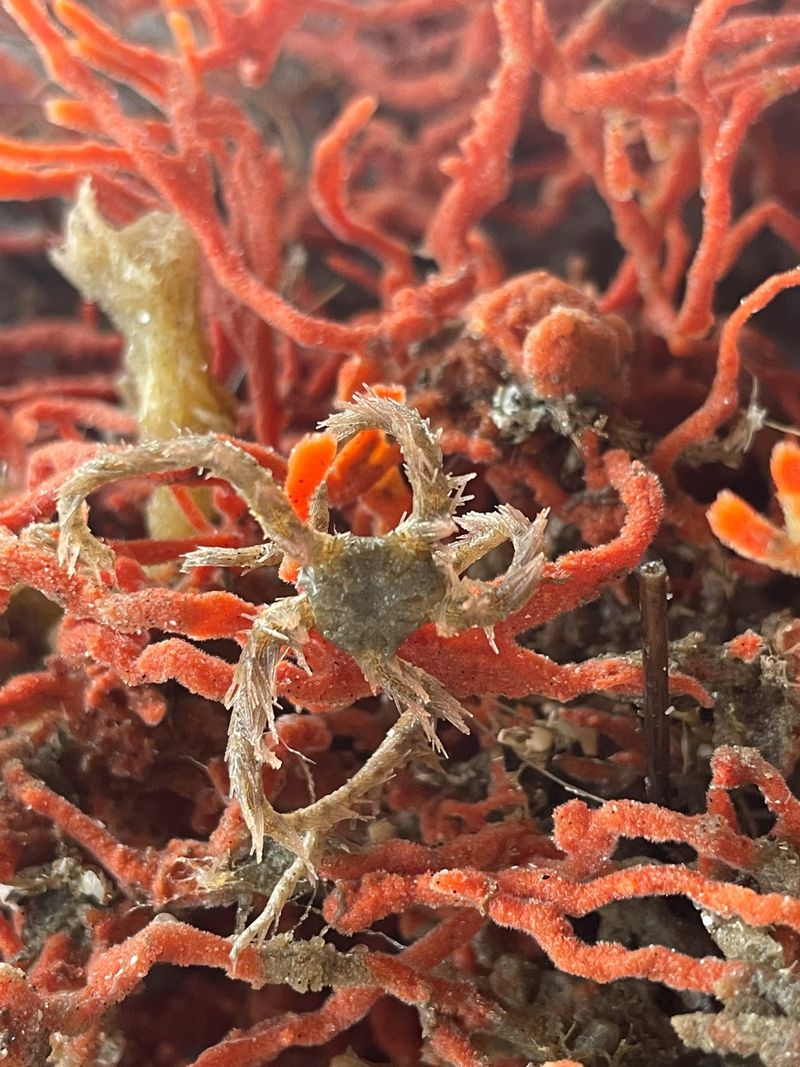
Brittle stars, relatives of starfish, are known for their ability to regenerate lost arms. This regeneration is essential for survival, allowing them to recover from predator attacks. The process involves complex cellular mechanisms and tissue regeneration. Researchers explore brittle stars to gain insights into regeneration and its potential applications in medicine. Their ability to regrow arms highlights nature’s adaptability and resilience. Brittle stars serve as a reminder of the diverse strategies employed by marine life to thrive in challenging environments. They exemplify the wonders of oceanic regeneration.
Sea Urchins
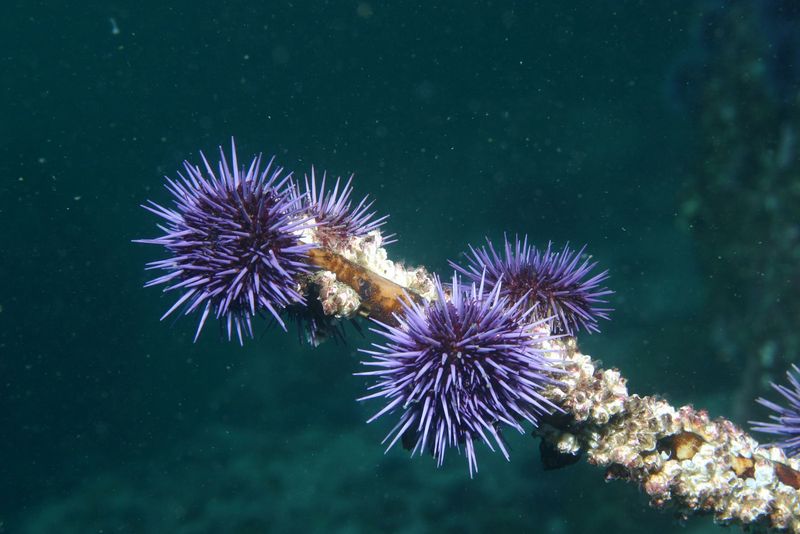
Sea urchins are spiny marine animals capable of regenerating lost spines and tube feet. This ability plays a crucial role in their defense and mobility. Sea urchins serve as a model for studying regeneration, particularly because of their unique developmental processes. Researchers investigate their regeneration to understand cellular differentiation and repair. The ability to restore lost parts emphasizes the importance of regeneration in survival. Sea urchins illustrate the innovative ways marine organisms have evolved to maintain functionality and adapt to their environments. Their regeneration is a marvel of nature.
Geckos
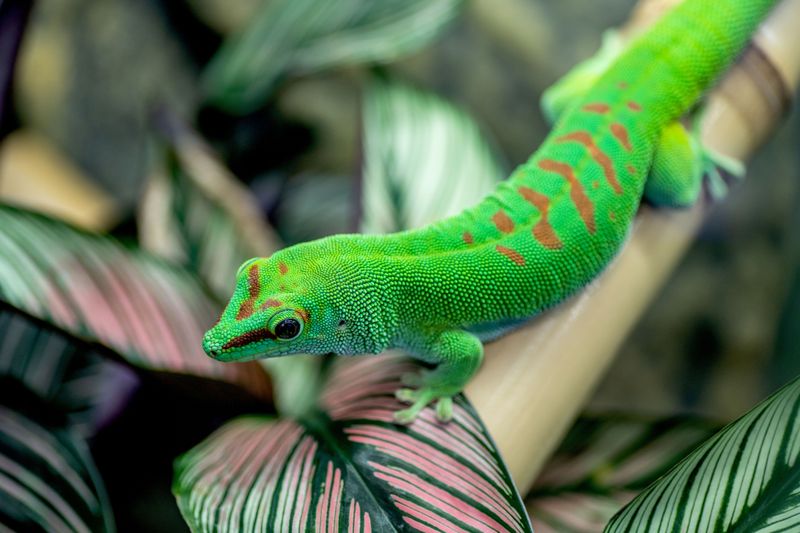
Geckos are known for their capability to shed and regrow tails, a process that aids in escaping predators. Tail regeneration involves complex cellular growth and patterning, providing insights into tissue regrowth. Researchers study geckos to understand the underlying mechanisms of regeneration and their applications in medicine. The regrown tails, while not identical, serve essential functions in balance and mobility. Geckos exemplify nature’s ingenuity in developing survival strategies. Their ability to regenerate tails highlights the remarkable potential for recovery and resilience across the animal kingdom.

